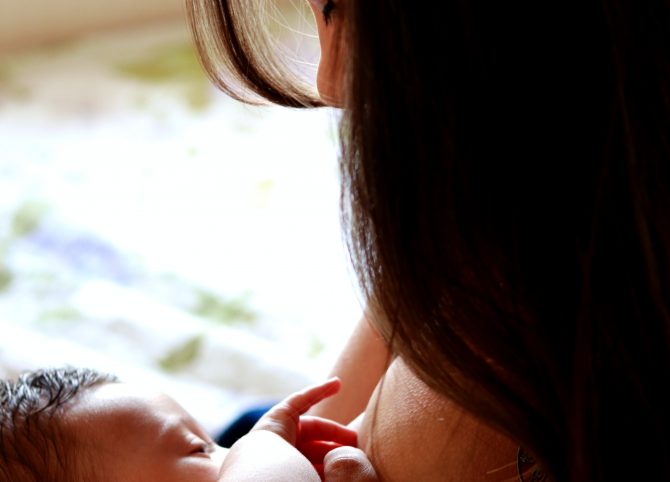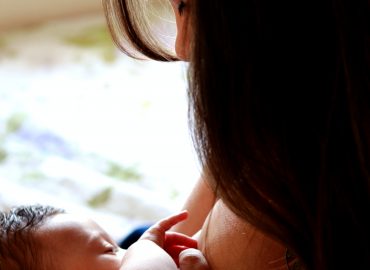
Mastitis
Causes, Prevention, Symptoms & Treatment
During a conversation with my heavily pregnant daughter this morning I asked her if she got her breastfeeding bras yet. Her answer to this question is the reason for this blog post.
My daughter was looking for a breastfeeding bra that was boned for extra support! I told that she would not/should not find a boned breastfeeding bra as boning in a bra would likely cause mastitis by ‘digging in’ to the milk ducts in the breast. I told her any tight clothing has the potential to put pressure on, and block the milk ducts. She was quite astonished no one had mentioned this to her before. Including me!
Here are a few tips on preventing this nasty but common condition, what the symptoms are and what to do if you suspect you have it.
PREVENTION
CAUSES
SYMPTOMS
TREATMENT – for 24 hours
If symptoms are not reducing or subsiding after 24 hrs speak to your GP. Antibiotics may be needed if mastitis worsens.
If you do need antibiotics I recommend using probiotics for yourself and also for your baby to reduce risk of oral thrush.

07/12/2020
Mastitis Causes, Prevention, Symptoms & Treatment During a conversation with my heavily pregnant daughter this morning I asked her if she got her breastfeeding bras yet
READ MORE
21/10/2020
if you have already tried more frequent feeding (By that I do mean staying home for a day or two doing nothing but constant breastfeeding)
READ MORE
21/10/2020
Still dream feeding after 6 months and don’t know how/when to stop? I understand that fear.
READ MORE